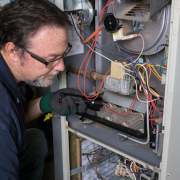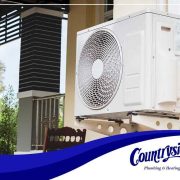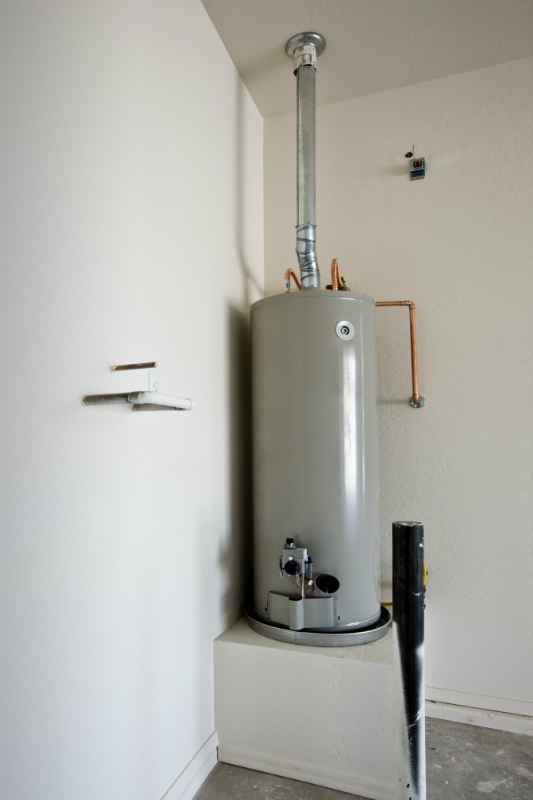Understanding Recommended Water Heater Temperature Settings
Maintaining the right water heater temperature is essential for home safety, comfort, and energy efficiency. The correct setting not only prevents scalding and bacterial growth but also ensures you aren’t overpaying on energy bills. Here’s what you need to know about the recommended water heater temperature for your home.
Why Water Heater Temperature Settings Matter
Your water heater’s temperature setting plays a vital role in your household’s safety, efficiency, and comfort. Setting it too high can cause burns and increase energy costs, while setting it too low can promote harmful bacterial growth. Most new water heaters come preset at 140°F, but this temperature is often higher than necessary for the average household.
Recommended Water Heater Temperature
According to the U.S. Department of Energy, the ideal water heater temperature is 120°F. This setting strikes a balance between safety, comfort, and energy efficiency for most homes.
Here’s why 120°F is often the best choice:
-
Safety and Health: This temperature is hot enough to kill most harmful bacteria, including Legionella, while reducing the risk of scalding.
-
Energy Efficiency: Heating water to higher temperatures uses significantly more energy. Lowering your setting to 120°F can reduce water heating costs by up to 10%.
-
Comfort and Convenience: It provides consistent, comfortable hot water for daily needs such as bathing, washing dishes, and laundry.
Key Considerations for Your Home’s Setting
While 120°F is the general recommendation, your household’s specific needs may call for slight adjustments:
-
Homes with Children or Elderly Residents: Keep the temperature at 120°F or slightly lower to minimize the risk of burns.
-
Homes with Immunocompromised Individuals: Consider a slightly higher setting, around 130°F-140°F, to prevent bacterial growth.
-
Large or High-Demand Households: Settings around 125°F-130°F can help ensure a steady hot water supply during peak usage.
Risks of Incorrect Temperature Settings
Improper temperature settings can cause a range of issues:
-
Too Low: Increases the risk of bacterial growth, including Legionella, and may result in lukewarm water.
-
Too High: Raises energy costs, increases wear on plumbing, and creates a scalding hazard, especially for children and seniors.
Maintaining the correct temperature helps ensure your water heater performs efficiently while keeping your family safe.
Adjusting Your Water Heater Temperature
Adjusting your water heater temperature is generally simple but should be done carefully:
-
Measure the current water temperature at the tap.
-
Locate the thermostat on your water heater.
-
Adjust the dial based on your needs, following the manufacturer’s recommendations.
-
Recheck the temperature after a few hours to confirm accuracy.
If you’re unsure about the process, or your water heater lacks clear settings, it’s best to seek professional assistance.
Need Assistance Adjusting Your Water Heater Settings?
If you’re unsure about your current water heater settings or considering an upgrade, contact Countryside of New Richmond, WI. Our skilled technicians can inspect your system, adjust settings for optimal performance, and recommend energy-efficient solutions tailored to your home’s needs.
Don’t leave your comfort or safety to chance, call Countryside of New Richmond, WI today at (715) 246-2660 or fill out our online form to schedule your water heater service. We’re here to help you maintain safe, efficient, and reliable hot water year-round.












